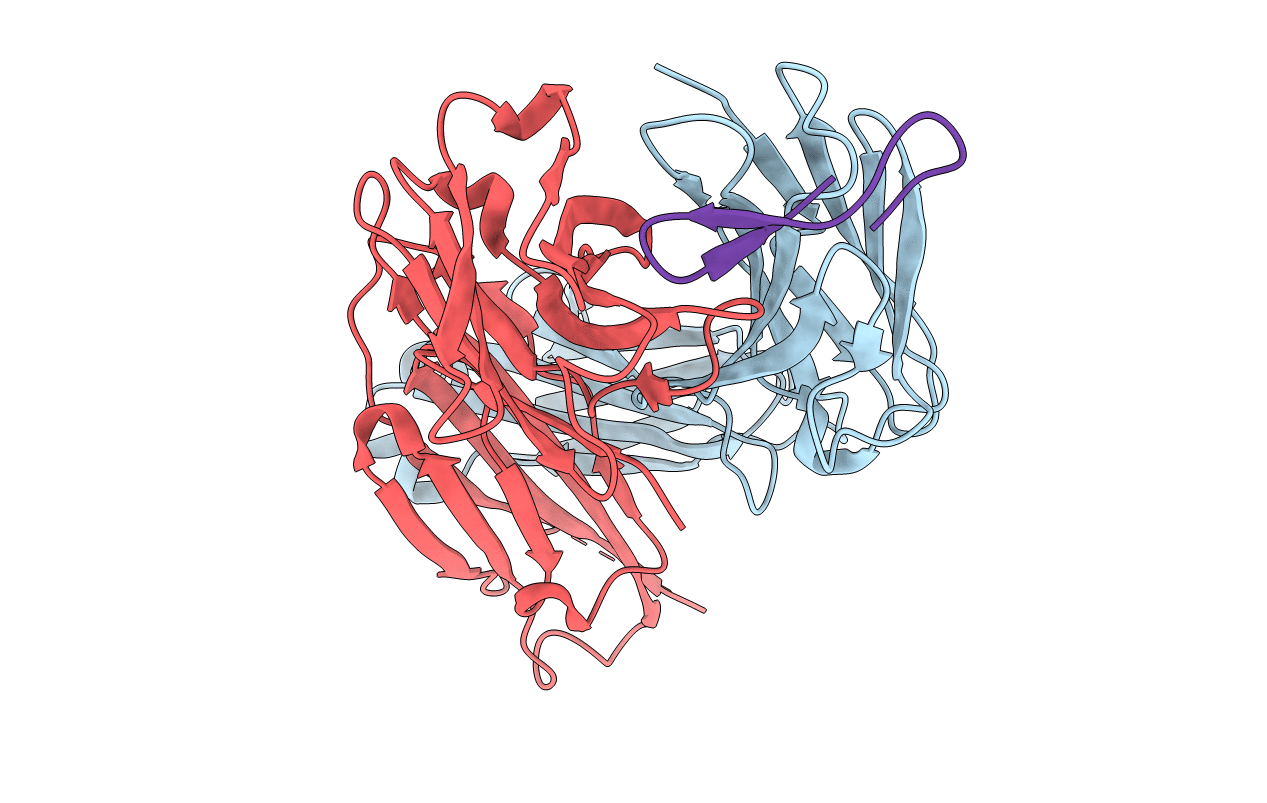
Deposition Date
2009-02-05
Release Date
2010-02-09
Last Version Date
2024-10-16
Entry Detail
PDB ID:
3G5Y
Keywords:
Title:
Antibodies Specifically Targeting a Locally Misfolded Region of Tumor Associated EGFR
Biological Source:
Source Organism:
Mus musculus (Taxon ID: 10090)
Host Organism:
Method Details:
Experimental Method:
Resolution:
1.59 Å
R-Value Free:
0.25
R-Value Work:
0.19
R-Value Observed:
0.19
Space Group:
P 21 21 2


